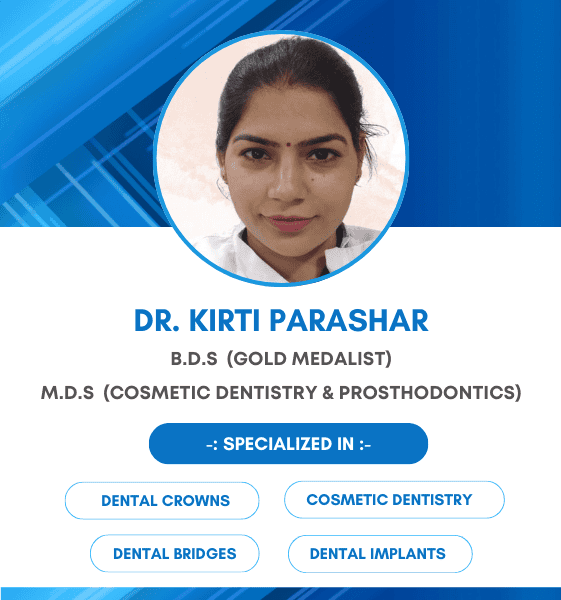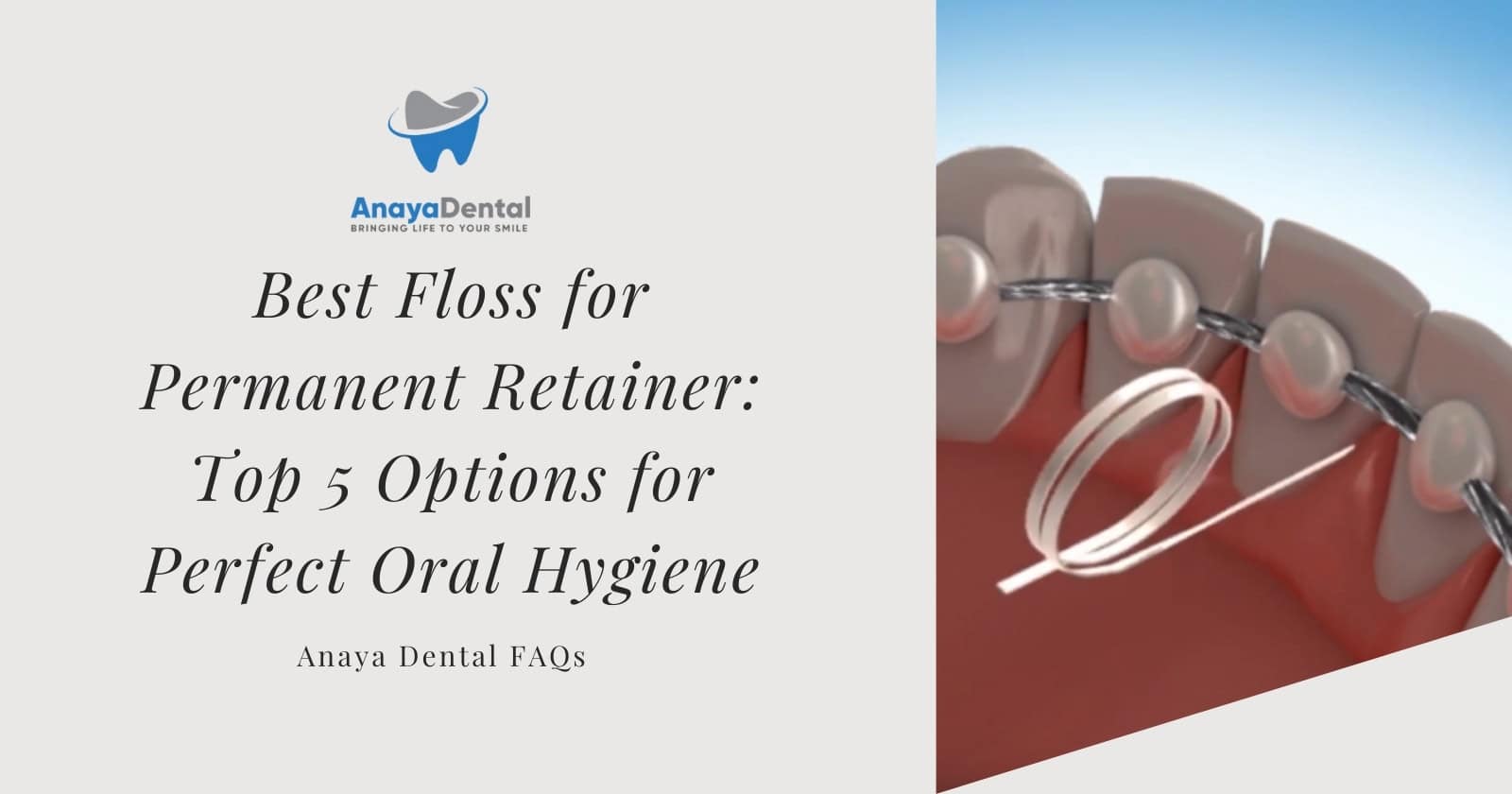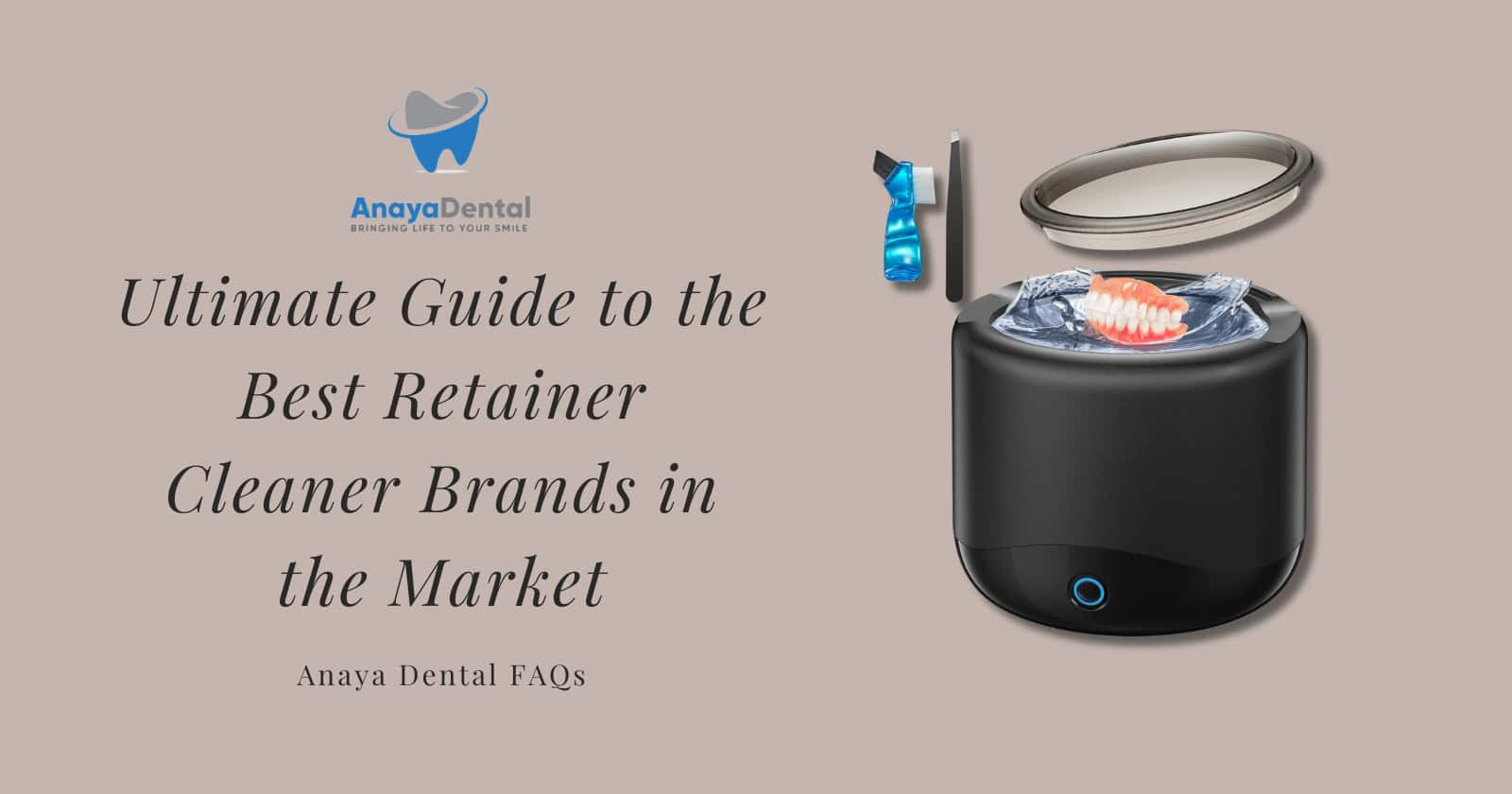Periodontal disease is a very common problem among adults. It is caused by the buildup of plaque on the teeth. If not treated on time, it could lead to more serious problems such as tooth loss.
But, did you know that Invisalign can worsen periodontal disease or not?
For those who have had gum disease, Invisalign is a suitable option for a number of reasons. Initially, Invisalign gives patients greater freedom in terms of maintaining healthy teeth and gums. For those who have experienced gum disease, this is crucial. When receiving orthodontic treatment, using Invisalign can help enhance the health of your teeth and gums in addition to improving oral hygiene. You take off your Invisalign aligners when eating and brushing your teeth. By doing this, food cannot become trapped in or on top of the braces. Additionally, it makes it possible to properly clean and floss before replacing the aligners in your mouth. You can brush and floss regularly with Invisalign; no extra dental equipment is required.
Try Our Dental Calculators
Nevertheless, you can use the following tips to help you control your periodontal health.
Tips For Good Periodontal Health:
1. Clean your teeth twice a day with a toothbrush and fluoride-free toothpaste. Use an interdental brush or floss to reach the spaces between your teeth. Remember that brushing your teeth too hard can damage your gums. So, don’t scrub or rub too much in order not to cause bleeding and damage to your gums. This is because when you scrub your teeth hard, your gums may bleed.
3. Flossing your teeth once a day is essential to remove food particles and bacteria from between your teeth.
Can I get Invisalign with periodontal disease?
You certainly can. Gum recession is uncommon with Invisalign because of the moderate and frequently gentle action. This is so because the adjacent periodontium—the tissue that both surrounds and supports the teeth—is taken into consideration throughout the alignment process.
Pre-requisites for Teeth straightening with Invisalign:
There are certain conditions that must be met in order for Invisalign to work. These include
Oral Health:
Your teeth must be in good condition. It is important to note that crooked or severely damaged teeth cannot be straightened with Invisalign. This is because the aligners will not fit properly over the teeth and may cause injury or irritation. If you have a lot of discolored, decayed, or cracked teeth, then you should consult to your orthodontist for better choice before you decide to use Invisalign.
Gum Diseases:
According to studies, having properly aligned teeth might improve periodontal health by encouraging the gums to tighten around the teeth. The Invisalign system’s ability to align teeth is one of its biggest features. Your gums may get healthier with Invisalign after treatment. With Invisalign, as opposed to traditional braces, you can brush and floss normally, making it easier to prevent periodontal disease and tooth decay.
Medical History:
You should not be suffering from any other medical conditions that could be aggravated by the use of Invisalign. Whereas this might be a problem with some Invisalign users, most orthodontists won’t allow you to use Invisalign if you have any condition that they deem as serious enough. So, before deciding whether or not you can use Invisalign, make sure you have all the necessary information regarding your health.
How do I know if my teeth are ready for Invisalign treatment?
The first step is to visit your orthodontist and have a consultation. Then, he or she will check your bite and tell you whether you can use Invisalign. You will be required to have a series of X-rays taken of your teeth. These X-rays are used to determine the amount of space between each tooth and the shape of your teeth.
Once this is done, your orthodontist will prepare a treatment plan that includes the aligners that will be used to correct your teeth. In addition, he or she will tell you which of the aligners you will use at what time. This is because the aligners will be worn for different lengths of time.






